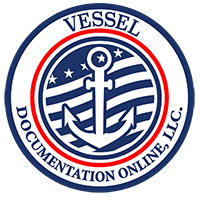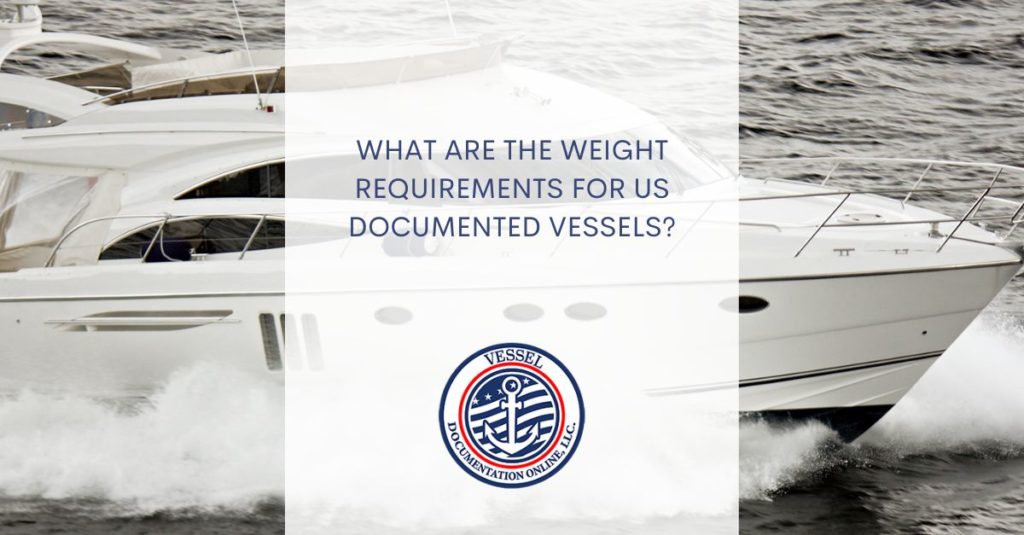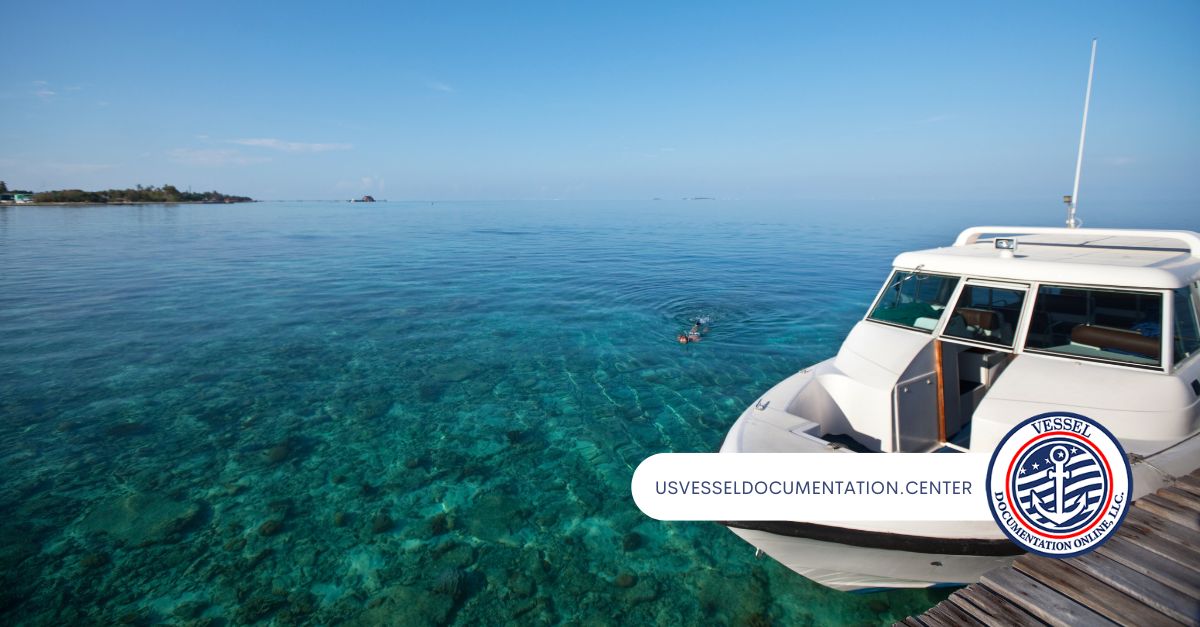Did you know that there are weight requirements for US-documented vessels? To be documented by the United States Coast Guard, your boat has to meet these weight requirements. If they are below the necessary weight, your vessel can still be registered, but will need to be done at the state level, rather than with the U.S. Coast Guard. Understanding the weight requirements is an important part of being a responsible boat owner so use this handy article as your guide.
What is the Weight Requirement?
The most important thing to know is how much your boat needs to weigh to be eligible for documentation with the U.S. Coast Guard. The short answer is 5 net tons. However, there are several factors that play a role in the net tonnage of your vessel, which we will look at in more detail later in the article. Understanding how to get an accurate measure is vital for documentation purposes.
How is a Boat Measured?
Net tonnage is different from the actual weight of your boat. It’s a measurement of volume, rather than weight. It aims to assess the vessel’s useful capacity, which means that areas of your boat that don’t hold cargo are not used to measure net tonnage. This would include spaces like the crew’s quarters, etc. Typically, if a boat is at least 26 feet long, it will meet the 5 net tons weight requirement.
How is Volume Determined?
Rather than driving your boat onto a giant scale, you will determine its net tonnage based on volume. Volume is measured from the vessel’s bow to its stern, as well as from the funnel to the keel. There are formulas available that help simplify volume measurements. If your boat is under 79 feet, you can add the hull’s volume to the deckhouse volume and divide that number by 100. This formula works for single-hull boats.
For certain boats, S, or shape, factor comes into play. This takes into account the shape of different watercraft. For example, a box-shaped hull is measured differently than a powerboat or sailing vessel. Boats with more than one hull have their own formulas to calculate the gross tonnage. Other factors include the keel and machinery.
Moving Ahead with Documentation
Once you have an accurate picture of what your boat weighs, you can move ahead with documentation. As mentioned above, your boat must have a net tonnage weight of 5 tons to be eligible for registration with the United States Coast Guard. If it doesn’t meet the weight requirement, you can register at the state level. It’s vital to have your boat properly and legally registered so that you are covered in cases like theft or a collision with another boat. Proper paperwork is also necessary if you ever decide to sell your boat.
If your boat meets the requirements, completing the paperwork for registering it as a US-documented vessel is important. It doesn’t have to be a difficult process, however. Contact the US Vessel Documentation Center today and you can access the documents you need and assist you with getting them filled out correctly and efficiently.





